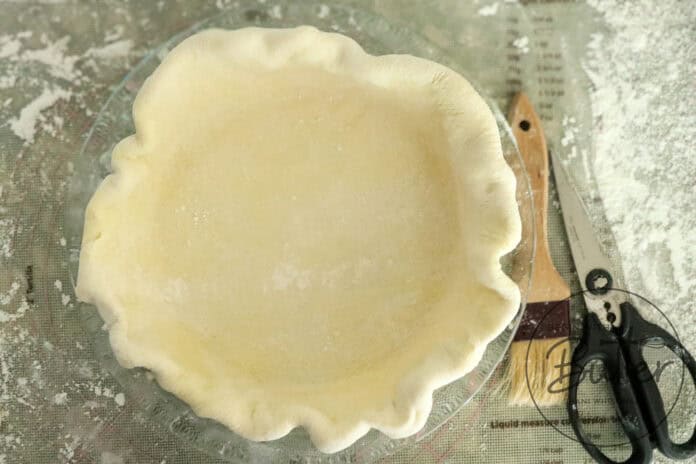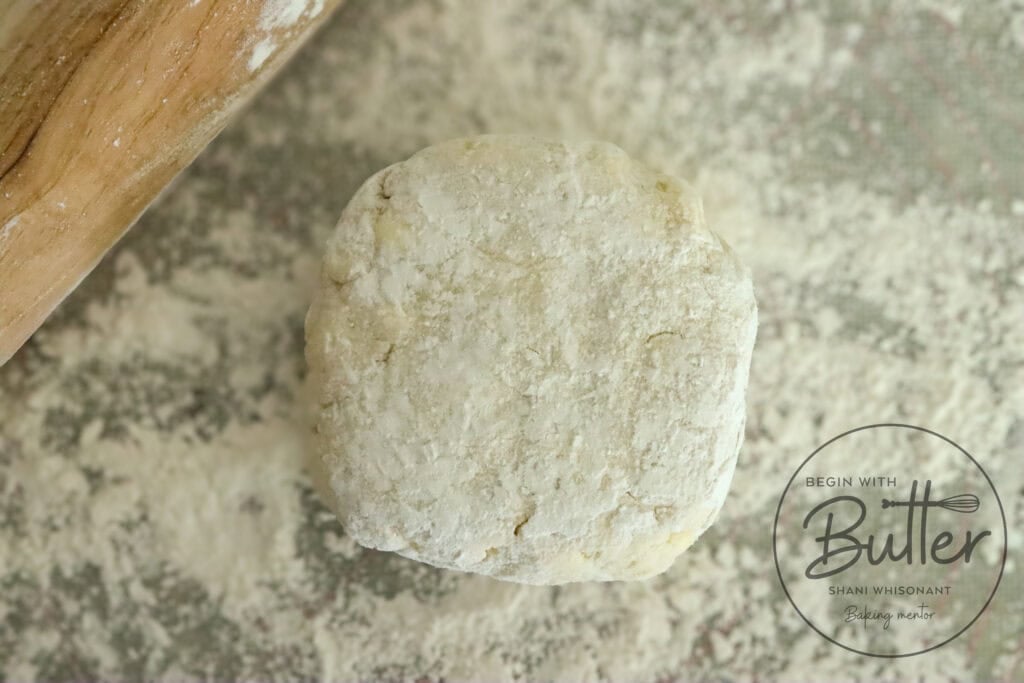Friends. When I say I’ve been waiting for this day. Because today, we’re getting into flour.
Well, not literally getting into flour. That would truly be messy and awful, since flour is more invasive than sand. But we’re going to talk about flour.
First, I’m going to do just the teeniest tiniest discussion about the science of flour, and then I’m going to tell you about the five (yes, FIVE!) types of flour that I keep in my kitchen at all times. For ease of reference, I’ll even hyperlink to specific sections in this article, in case there’s specific information that you seek!
In this Post:
- What Does Flour Do?
- What is Gluten?
- Protein (Not the Lean Meat Kind)
- Flour #1: Cake Flour
- Flour #2: Pastry Flour
- Flour #3: All Purpose Flour
- Flour #4: Bread Flour
- Flour #5: White Whole Wheat Flour
Let’s get busy.
What Does Flour Do?
Think of the cake you’re baking as a house.
Hear me out. This will end up making a lot of sense.
Like I said, the cake that you’re baking is a house. The flour isn’t the bricks and mortar, it’s the invisible, interior wooden framing that keeps everything upright. Flour is the thing inside your cake that gives it shape and structure, much like the wooden framing creates the internal structure for your home.
Without framing, your home would collapse inward because there’s nothing inside to give it structure. Flour does the same thing. Except, you know, in cake. And cupcakes. And bread. And pizza.
You get the point.
What is Gluten?
When flour meets its best friend, liquid, the combination of the two begins to make a gluey, sticky mess. That mess is the beginning of gluten development. It’s the foundation of your cake or bread.
Gluten development simply means that combination of flour and liquid have begun to form a honeycomb-like structure in your batter or dough. The purpose of that structure is to create tiny cellular “walls” to trap the carbon dioxide that’s been created by your leavening. The gas forces the honeycomb to open, which is what causes baked goods to rise.
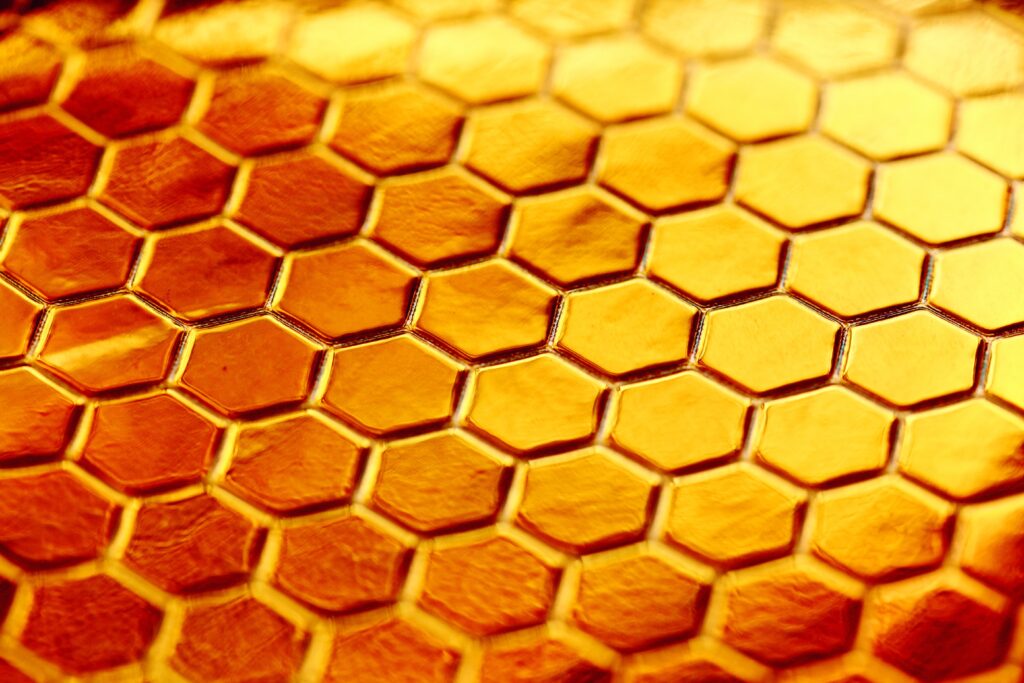
Once the delicious pastry or bread in the oven reaches a certain internal temperature, the gas…goes away. It just evaporates. But the inflated holes created by the gas remain.
For information about carbon dioxide and why it’s LITERALLY NO BIG DEAL in your baking, click here to learn about leavening.
TL;DR version: leavening creates gas that fills the gluten honeycomb and makes your baked goods rise. This gas is not nefarious. It is your friend.
Protein (Not the Lean Meat Kind)
The strength of the gluten network (or honeycomb, because I like that foodie visual), is determined by the protein content in your flour. That, in a nutshell, is why there are different types of flour for different types of baked goods.
Flour with a higher protein content is created from “hard wheat” (in the U.S., this is typically grown in the Midwest) and creates a stronger gluten network, which allows for a higher rise in your baked goods. However, a stronger gluten network means a more chewy finished product. That’s why high protein flour is typically used for things like bread and pizza dough.
Higher protein flour encourages gorgeous, huge holes that you see in your favorite artisan bread because the strong gluten network holds onto the leavening (yeast or starter) longer, so the leavening can do more work and create more rise in the dough. The stronger gluten network that’s created by the high protein flour also creates a beautiful chew for your breads and pizza doughs. Typically, high protein flour has a protein content of anywhere between 12 and 15 percent.
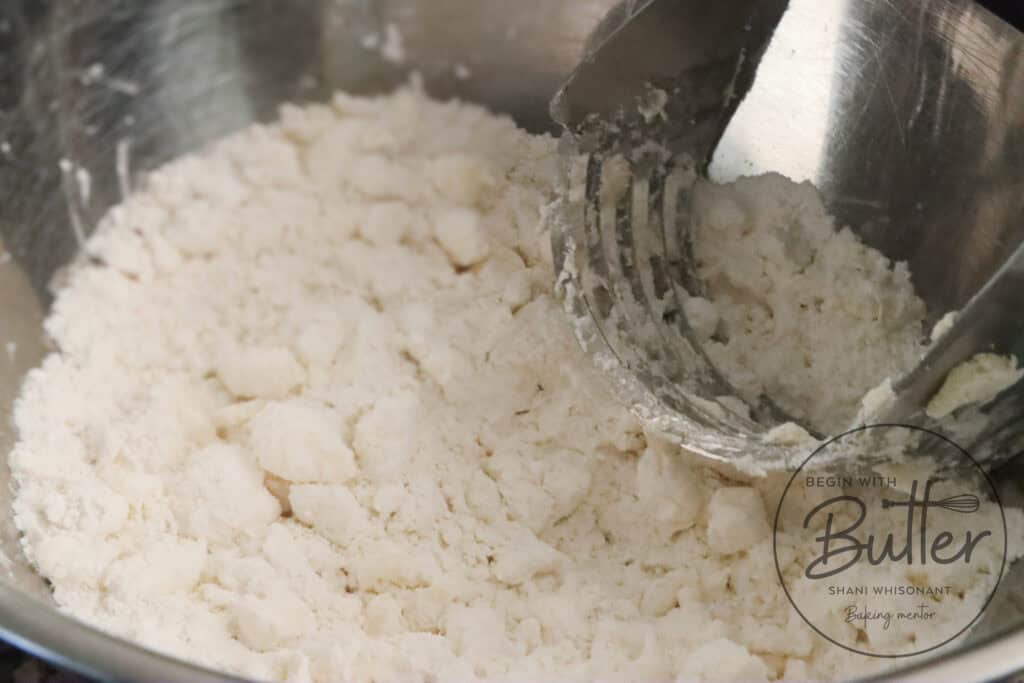
Low protein flours do the exact opposite. Low protein flour is created from “soft wheat” (in the U.S., this is typically grown in the South). This type of flour creates a more delicate, crumbly texture for whatever it is that you are baking. For this reason, low protein flours are the choice for cakes, pie crusts, and pastry; these have a protein content of anywhere between 5 and 9 percent.
Middle-of-the-road protein content flours can play both above and below their weight class. Which is to say, they can make good bread and also good cakes, and are good for “all” purposes (see what I did there?). The versatility of all purpose flour is the reason why it is so popular; because flour is a perishable ingredient, it’s not always practical to stock your kitchen with multiple types of flour, unless you bake very frequently and are want to make every product the absolute best it could ever be.

All purpose flours typically have a protein content between 9 to 12 percent.
Onto the fun part! Next, we’ll look at the five types of flour that are always present in my kitchen.
Flour #1: Cake Flour
Cake flour is just delightful. Coming in at the lowest protein content (usually 5 to 8 %), it makes the most spectacularly delicate cakes and cupcakes. Some people even use it for cookies, although I haven’t tried that yet.
{runs to Begin with Butter “Bits and Bobs” notebook to write down experiment idea}
Anyway…
Things made with cake flour have the most delightful, light crumb. That gluten network is not strong, which leads to the most tender crumb of the bunch and the cake won’t rise as high. For a divine layer cake that’s just a little more special, cake flour is your best friend.

I currently use White Lily All-Purpose Flour for my cake flour (coming in around 9% protein content), and I’ve been super happy with it!
“But wait, Shani! This section is about cake flour and you just said you use an all-purpose flour for cake!”
Friends, the reason why I use White Lily All-Purpose flour for my cake flour is precisely because of its lower protein content. In other words, it’s not the name that determines the use…it’s the protein amount. And White Lily is absolute perfection when it comes to creating the loose, beautiful crumb that I’m looking for in most of my layer cakes.
Flour #2: Pastry Flour
Some people like perfume and jewelry.
Give me a croissant that shatters and makes a mess. Seriously.
Pastry flour is typically a very low protein flour (between 8 and 9 percent). Because of the lower protein amount, the gluten bonds that form are not as strong. This means that the pastry will be much more tender and much much less chewy. It also means that you won’t get as high of a rise from it either, since the weaker gluten network won’t be able to contain the gas from the leavening as well.
I use pastry flour for pie crusts mostly, but this stuff is THE BOSS for croissants and most French pastry.

I love Bob’s Red Mill White Fine Flour (8-9% protein content) for my pastry flour. It does an exceptional job when I’m making pie crust, as well as when I’m making flaky croissants.
Flour #3: All Purpose Flour
All purpose flour might not have the star power of the other flours, but at anywhere between 9% and 11% protein, it is the most solid performer of the bunch. If I am out of a specialty flour and I need a substitute, I can use it for just about anything.
Even here, in this blog post, it’s literally…in the middle of the flours.
It really is amazing when you think about it. A good all-purpose flour could make a very good bread or a very good pie. In ingredient science, it’s a marvel. It’s the best sixth man in the business.
All-purpose flour creates a stronger gluten network (the honeycomb) than cake flour and pastry flour, so baked goods made with all purpose flour will be a touch more chewy than baked goods made with cake flour and pastry flour. Again, though, it won’t be enough for most people to notice the difference!
And I’ll take a homemade cake with all purpose flour over anything on a store shelf with cake flour. #RealTalk.
I was an unrepentant King Arthur Baking All Purpose Flour (11.7% protein content) fanatic for years. However, most recently, I’ve found myself reaching for Bob’s Red Mill All-Purpose Flour (10-12% protein content) more than any other. Even when they’re equally available, I’m finding myself reaching more for Bob’s Red Mill.
Despite being on the very high end of the protein scale, they both make surprisingly delicate pie crusts and sponge cakes. With a protein content that high, you can imagine that they make very good bread as well. For Begin with Butter fanatics, you’ll be happy to know that I absolutely positively consummately adore Bob’s Red Mill’s All-Purpose Flour for all of my pound cakes. It makes my pound cakes look and taste absolutely amazing.

Yay for all purpose!
Flour #4: Bread Flour
I talk about cake and cookies a lot, but I have an equal crush on bread. There’s something both very primal and loving about making bread for people that you love.
Bread flour is a staple in my kitchen because I make a LOT of bread and pizza dough. The Bob’s Red Mill Artisan Bread Flour that I use is just…*chef’s kiss*.
I love love love a good chewy pizza crust on Friday night and a sturdy artisan boule on Saturday with giant holes in the middle to dip in soups, stews, and sautéed mushrooms in butter (and this flour is an absolute star in My Favorite Baguette too). Bread flour, with its wonderfully high protein content (12.5%-13.5%), will help you achieve both of those things. And bonus: bread made with bread flour holds its texture extremely well in those soups, stews, and sautéed mushrooms. So sop away!
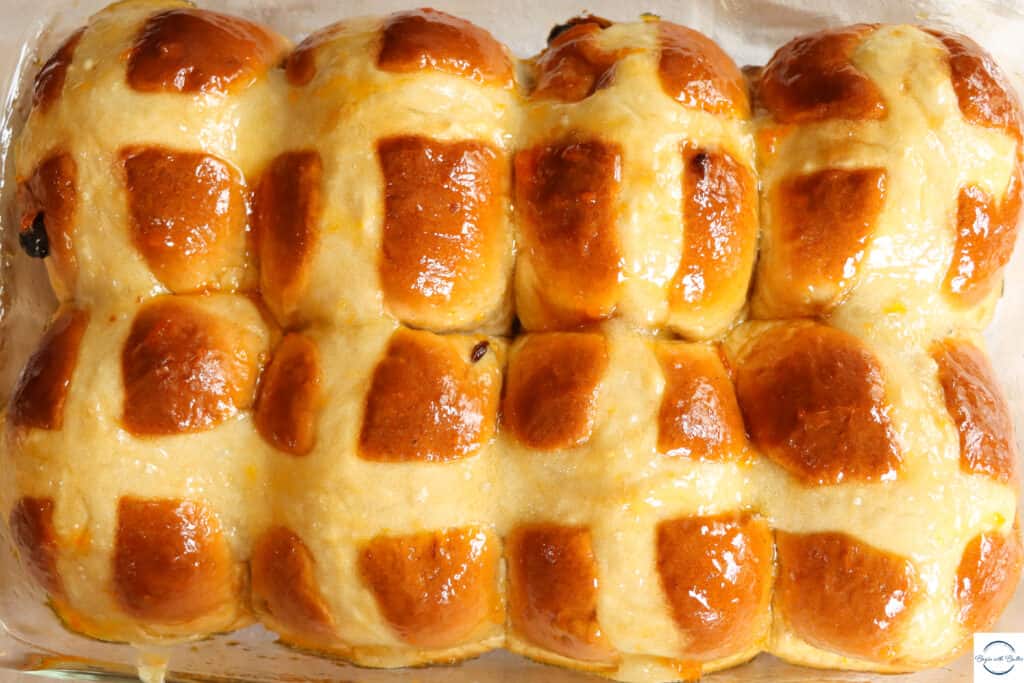
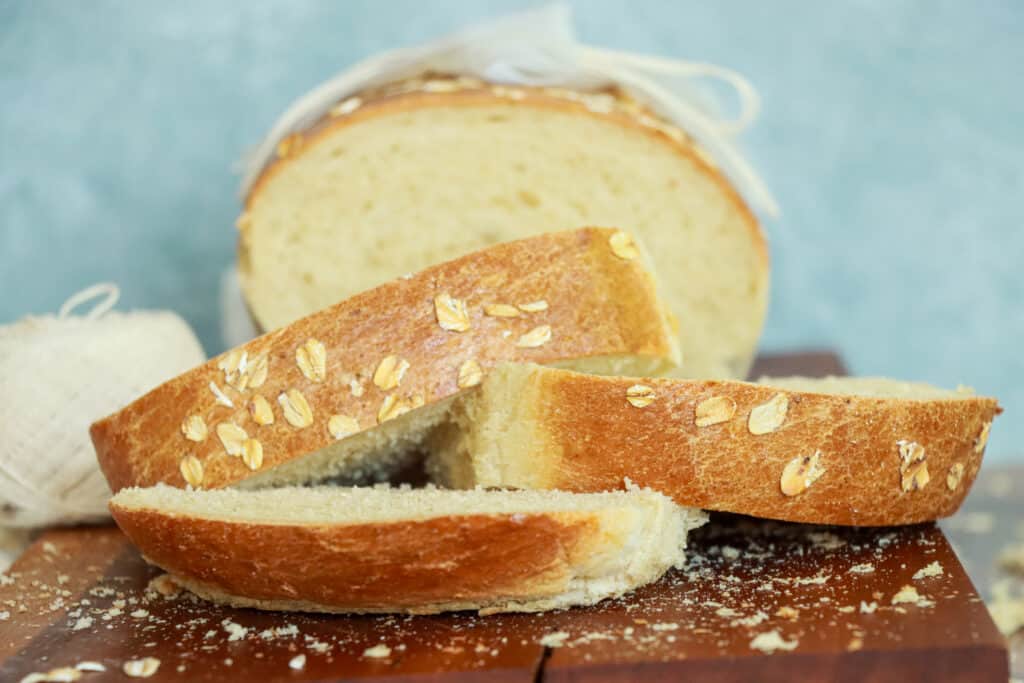


One caveat: when using bread flour, be sure to be careful about how much you add during the kneading process. There’s a very thin line between delightfully chewy and inedibly tough. Bread is a time investment and I’d hate to see you get frustrated!
Want more information about bread techniques? Check out these BwB articles!
- Baking Science: Dough Hydration
- Yeast Basics for Beginning Bread Bakers
- How to Test Bread Dough
- Knowing When to Stop a Technique
Flour #5: White Whole Wheat Flour
Though I don’t tend to use it all that often, white whole wheat flour is an amazing addition to my flour lineup. It’s a nice middleman between bread flour and whole wheat flour, which I cannot cajole threaten beg encourage my children to eat.
White whole wheat flour is a whole wheat flour, but it’s made from a different, milder type of wheat than traditional whole wheat flour. The difference is a milder taste; it’s more earthy than all purpose flour, but definitely less hearty than a whole wheat flour.
I use King Arthur Baking’s White Whole Wheat flour, and it’s been an amazing addition to my repertoire. It comes in at 12.2% protein, so I wouldn’t bake anything but bread or pizza crust with this one.
What kind of flour do you keep in your kitchen and what are you making? I’d love to know!
I hope you found this tutorial useful. If you love what you see, feel free to subscribe so that you don’t miss a “beet”!


